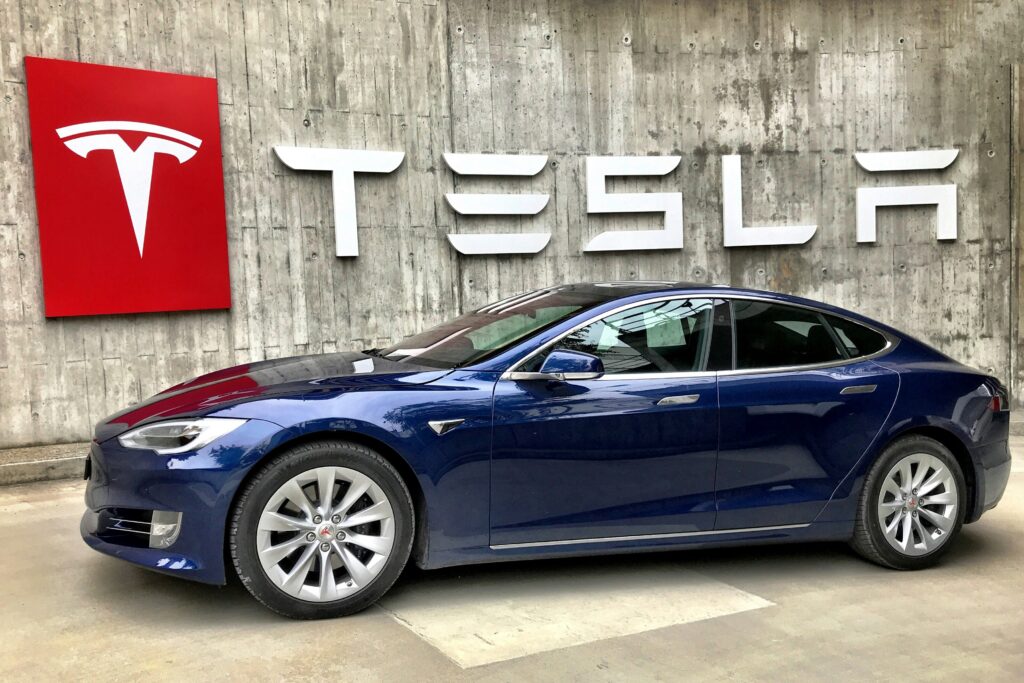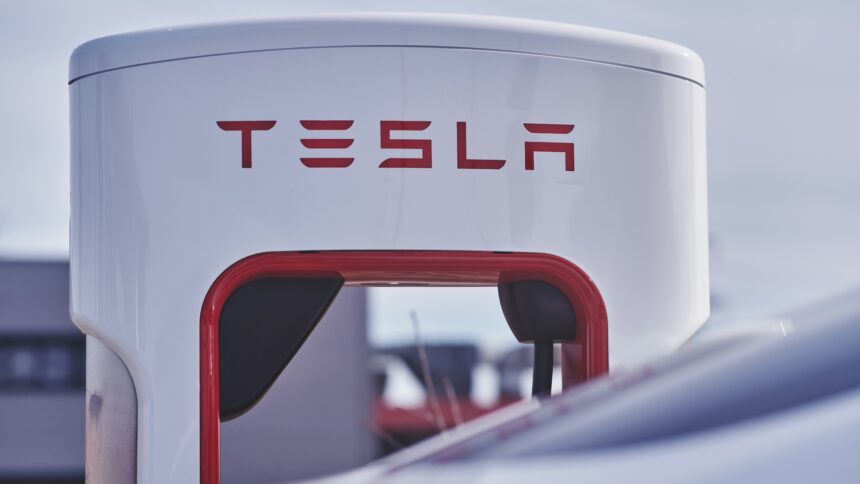Tesla Inc. (TSLA) reported third-quarter earnings that exceeded analyst expectations, with adjusted earnings per share of 72 cents, beating the 58 cents predicted.
However, revenue came in slightly lower than expected at $25.18 billion, shy of the projected $25.37 billion.
Despite the revenue miss, Tesla’s stock surged by 10.7% in premarket trading, showing strong investor confidence in the company’s long-term outlook.
Tesla’s Q3 revenue rose by 8% to $25.18 billion, up from $23.35 billion a year earlier. Net income increased to $2.17 billion, marking a rise from last year’s $1.85 billion.
The company’s automotive revenue increased by a modest 2%, while its energy generation and storage sector posted a 52% growth. Tesla also saw a 29% increase in services and other revenue, which includes non-warranty repairs.
Tesla’s profit margins were notably boosted by $739 million in automotive regulatory credit revenue, underscoring its ability to leverage its position in the EV market to generate regulatory credit sales.
CHECK THIS OUT: Can Boeing Co’s New Boss Handle $6B Loss and Labor Woes?

Tesla’s 2024 Plan: Autonomous Vehicles and Regulatory Edge Shape Future of EV Market
Tesla’s performance in the third quarter is significant not just because of its financial metrics, but because of what they indicate for the broader EV industry.
As one of the only automakers focused exclusively on electric vehicles, Tesla’s ability to drive profit from regulatory credits highlights the increasing pressure on other automakers to meet emission standards.
This regulatory edge, combined with Tesla’s advancements in autonomy and energy storage, suggests a broader shift in the automotive landscape toward sustainable technology.
CEO Elon Musk emphasized Tesla’s plan to grow vehicle sales by 20% to 30% in 2024, aided by lower-cost vehicles and advancements in autonomy.
That will be in more than one factory, but I think it’s at least 2 million units a year, maybe 4 million ultimately,”
Tesla CEO, Elon Musk
Musk’s bold prediction comes as the company faces rising competition from Chinese automakers like BYD and Nio, and legacy automakers such as Ford and General Motors are ramping up their EV offerings.
Despite these pressures, Musk’s vision of fully autonomous vehicles being a core part of Tesla’s lineup adds a unique competitive advantage that Tesla continues to push toward, even though the technology has yet to reach its full potential.
Can the Cybertruck and Tesla’s Autonomous Tech Overcome Rising Competition?
Looking ahead, Tesla has significant plans for growth, particularly with its Cybertruck, autonomous vehicles, and expanding ride-hailing services.
However, these ambitions come with risks, including competition from new entrants in the EV market and evolving regulatory environments, particularly in China and the U.S. Investors should closely monitor how the company navigates these challenges, particularly as the company gears up for 2024 and beyond.
Tesla’s third-quarter earnings beat expectations, showing the company’s resilience amid growing competition. Elon Musk’s ambitious goals, including 20% to 30% vehicle growth next year and major expansions in autonomous vehicle technology, offer a clear roadmap for the future.
However, as competition heats up, particularly in China, and the EV landscape evolves, Tesla will need to continue innovating to maintain its leadership position.
Read also: P&G Faces Sales Drop as U.S. Shoppers Shift to Cheaper Brands and Apple’s Strong iPhone 16 Demand Drives Bullish Outlook.












